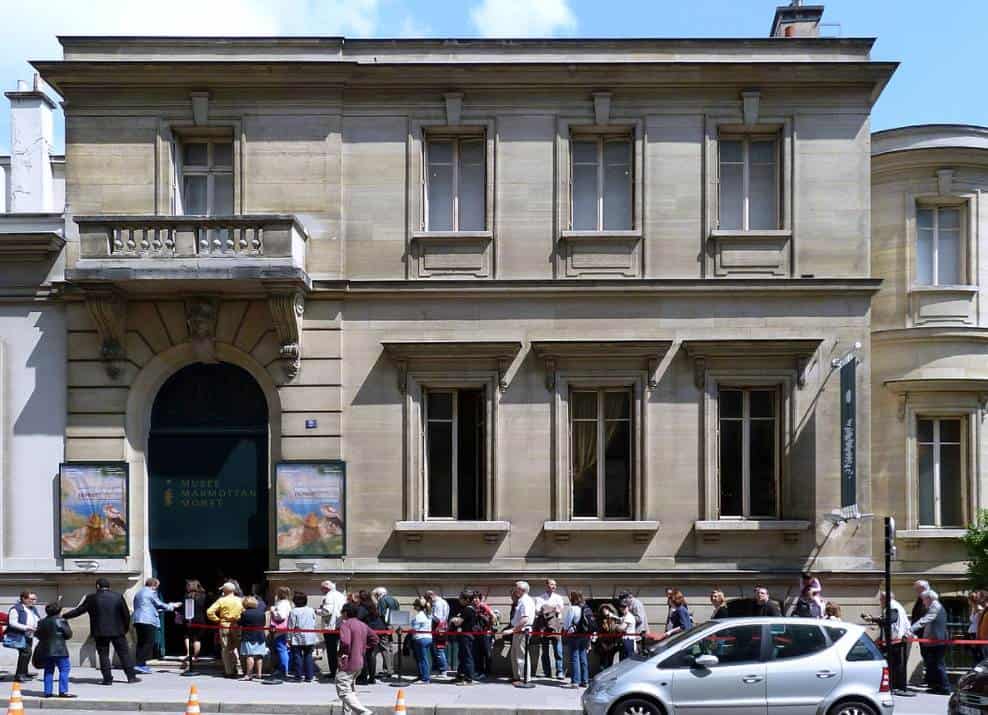When you plan to visit Paris, you could probably stay a couple of weeks just to visit museums.
That’s because Paris is home to a large number of amazing museums that house some of the most famous artworks in the world.
In order to get a better idea of which museums you should visit, I have made a handy overview of the best art museums in Paris to visit during your stay.
Please note, these are museums that display all types of art, especially paintings and sculptures.
Related: Want to discover more? Check out these amazing buildings in Paris.
1. Louvre
The Louvre Museum is the most-visited museum in the world and that’s because it houses an incredible collection of art.
It has some of the most famous paintings in the world on display and the same can be said about the sculptures at the Louvre.
Some of the highlights are the Mona Lisa painting and the Venus de Milo sculpture, two artworks that just about everybody on the planet knows.
Official website: Louvre

2. Musée d’Orsay
The Musée d’Orsay is another world-famous art museum in Paris and the reason for this is two-fold. It houses an incredible collection of paintings but it is also housed in a stunning building.
The Beaux-Arts building that houses the museum was transformed from a railway station known as the Gare d’Orsay in the 1980s and the result is nothing short of breathtaking.
The collection of the Musée d’Orsay features some of the most famous Impressionist and Post-Impressionist paintings in the world.
Official website: Musée d’Orsay
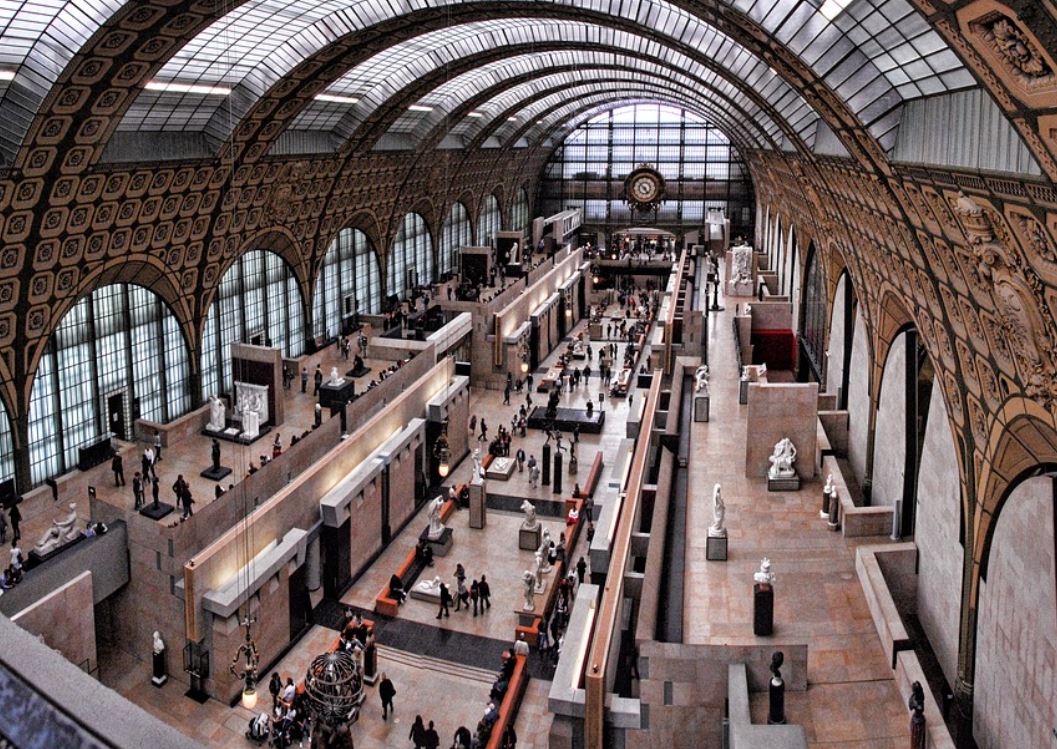
3. Picasso Museum
The Picasso Museum in Paris is officially known as the “Musée Picasso Paris” and as you surely expected, it’s dedicated to the paintings of Picasso.
Pablo Picasso (1881–1973) had such a long and prolific career that he has several museums dedicated to him. Other great museums in his honour are the Museu Picasso in Barcelona and the Museo Picasso Málaga.
The museum in Paris is located in the Hôtel Salé in the Marais district of the city and houses drawings and paintings by Picasso but also works by some of his colleagues. This definitely adds an extra dimension to this place.
Official website: Musée Picasso Paris
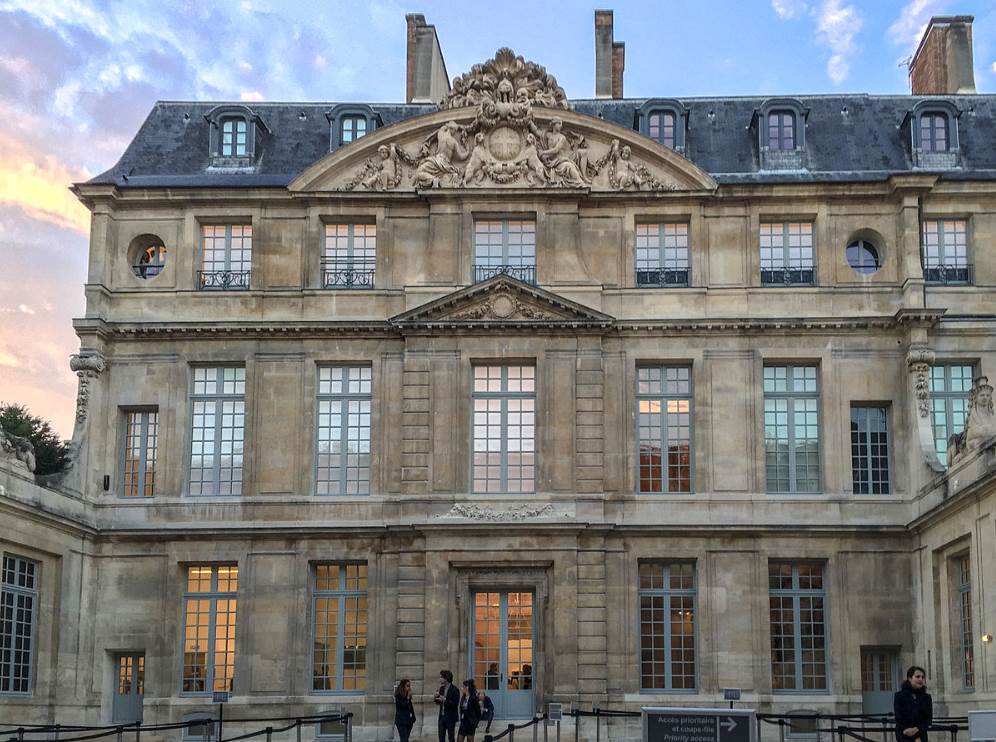
4. Rodin Museum
The Rodin Museum is another museum that is dedicated to a single artist, Auguste Rodin (1840-1917). He is considered to be the founding father of modern sculpture in the late 19th century.
Because of this, many of his early works were heavily criticized because they were deemed too revolutionary at the time.
Today, Rodin’s sculptures are world-famous and can be found all around the world. The venue of the museum is the Hôtel Biron in central Paris which houses 6,600 sculptures and thousands of other objects related to the artist.
Official website: Musée Rodin

5. National Museum of Modern Art
The National Museum of Modern Art or Musée National d’Art Moderne is the main museum of modern art in France. It’s one of the largest of its kind in the world as well.
The museum is a section at the Centre Pompidou, a fascinating building in Paris which has housed the museums since it was completed in 1977.
The museum is home to some of the most pivotal works of art in the history of modern art with highlights being the paintings of Georges Braque and Pablo Picasso.
Official website: Centre Pompidou
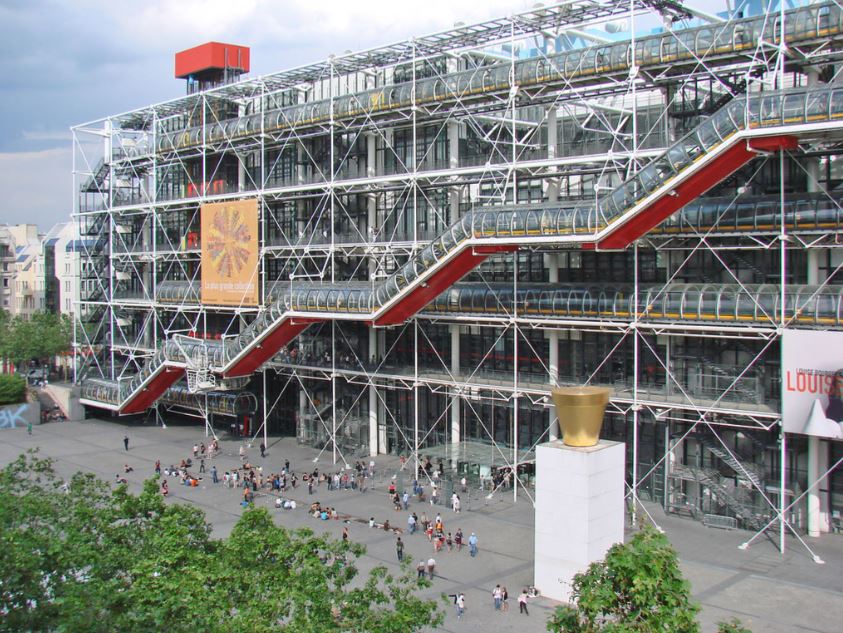
6. Musée Jacquemart-André
The Musée Jacquemart-André isn’t a museum that was dedicated to a single artist but to the collection amassed by one of the most renowned art collectors and patrons of the 19th century.
Édouard André (1833–1894), the son of a wealthy banking family, and his wife Nélie Jacquemart (1841–1912) were avid art collectors. Their residence in Paris was transformed into a museum and opened to the public in 1913.
Located at the Boulevard Haussmann in the 8th arrondissement of Paris, the museum mainly features paintings by the Old Masters.
Official website: Musée Jacquemart-André
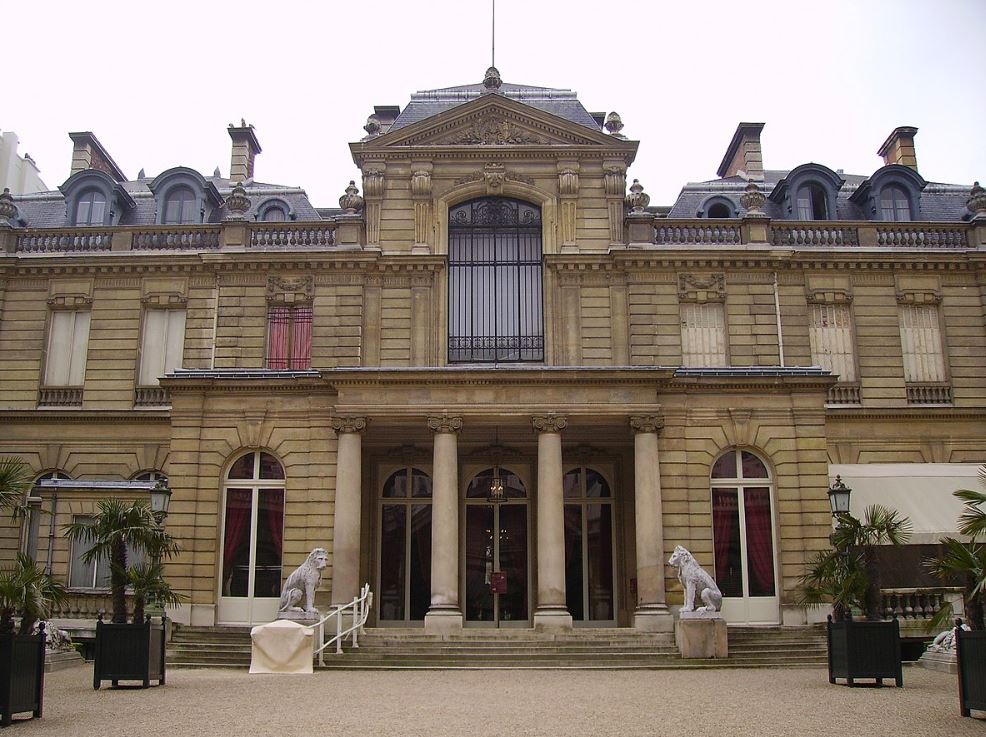
7. Petit Palais
The Petit Palais is one of the stunning feats of architecture that was constructed as a venue during the 1900 Exposition Universelle. The Grand Palais, a large exhibition hall nearby, was another notable structure during this event.
The building now houses one of the 14 museums of the City of Paris which is known as the City of Paris Museum of Fine Arts or Musée des beaux-arts de la Ville de Paris.
The most notable artworks at this museum are medieval and Renaissance paintings and a fine collection of 18th and 19th-century paintings.
Official website: Petit Palais
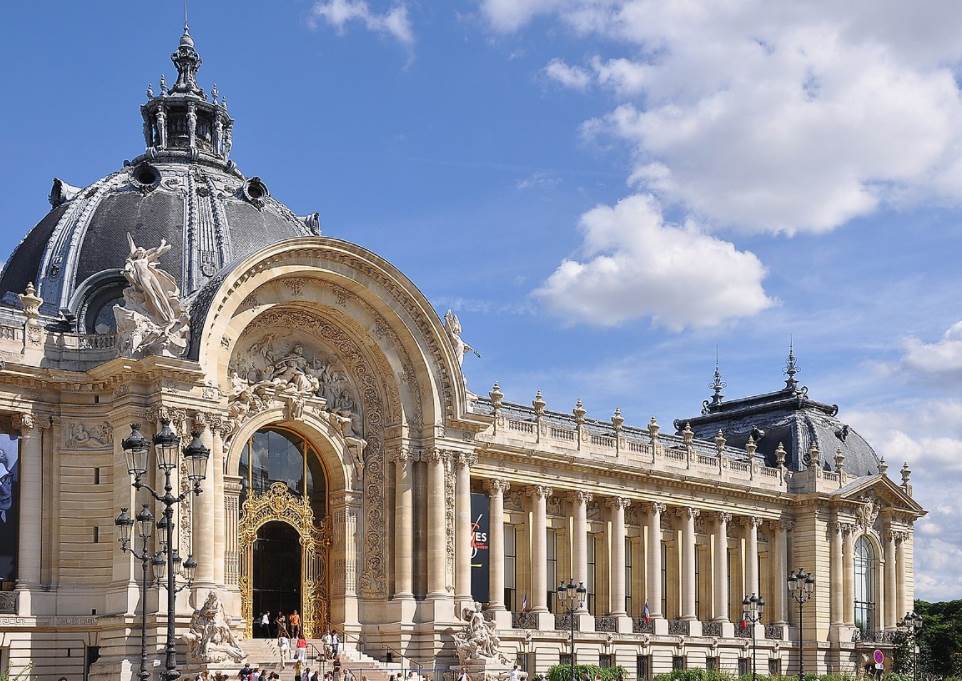
8. Musée de l’Orangerie
The Musée de l’Orangerie can be found in the utmost western corner of the Tuileries Garden in central Paris, right next to the Place de la Concorde.
This building once served as the Orangerie, a structure that houses tropical plants and trees, of the Tuileries Palace. It was repurposed to serve as a museum during the early 1920s.
This is another great museum if you enjoy the world of Impressionist artists. The highlights of this museum are the immense Water Lillies paintings by Claude Monet which cover the walls of a large room.
Official website: Musée de l’Orangerie

9. Paris Museum of Modern Art
The Paris Museum of Modern Art is the official museum of modern art in the city of Paris. The one housed at the Centre Pompidou is on a national level.
The museum is housed at the Palais de Tokyo, another building that was constructed for a specific event, namely the International Exposition of Art and Technology in Modern Life in 1937.
This remarkable Art Deco building houses both a permanent collection and features space for temporary exhibitions related to modern and contemporary art.
Official website: Palais de Tokyo
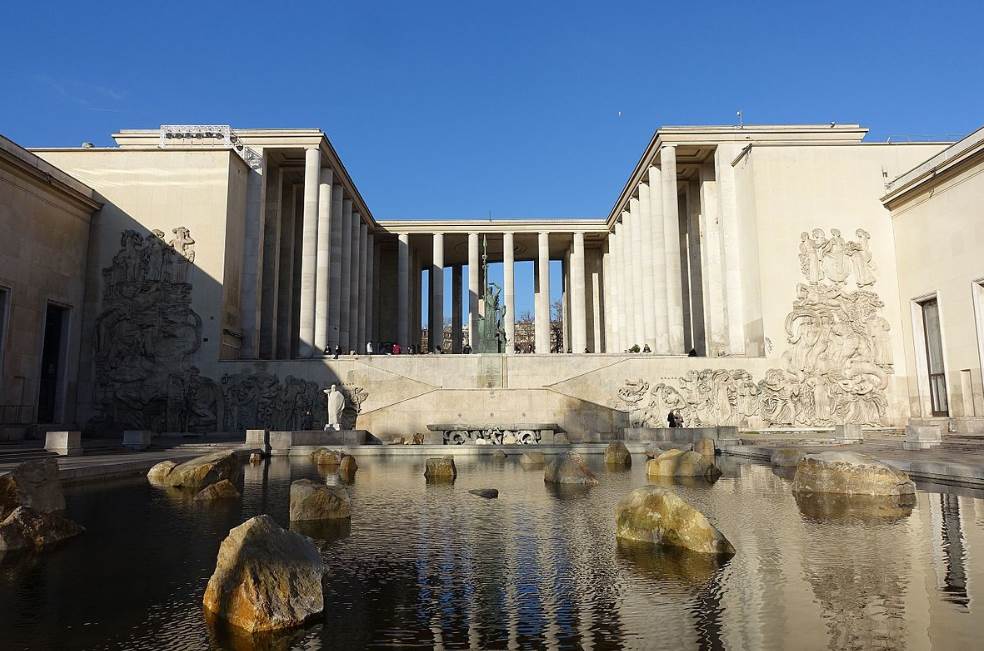
10. Musée Marmottan Monet
The Musée Marmottan Monet is located at the edge of the Bois de Boulogne in the western part of the city. It is housed in a building that once served as a hunting lodge of the Duke of Valmy.
Jules Marmottan purchased it in 1882 and his son Paul expanded his father’s collection of art in the late 19th and early 20th centuries. Especially Monet’s paintings were added which is why the artist’s name was included in the museum’s name.
The museum is world-famous for housing Monet’s Impression, Sunrise (1872), the painting from which the term Impressionism was derived.
Official website: Musée Marmottan Monet
